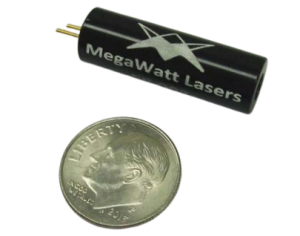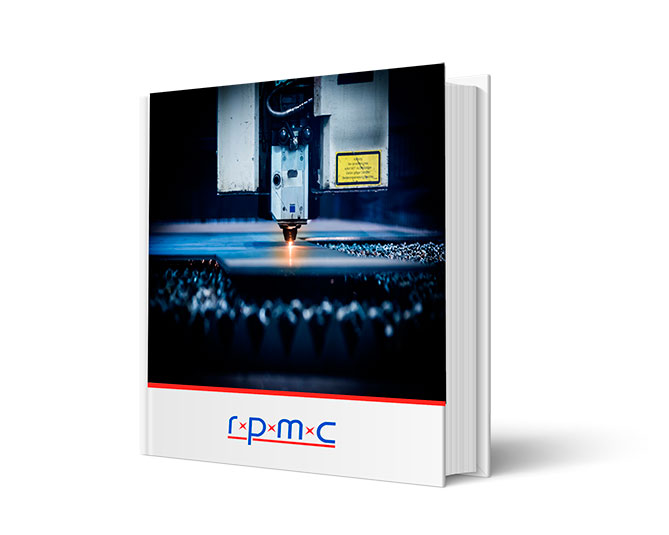MegaWatt Lasers
RPMC Lasers is the Exclusive Source for MegaWatt Lasers’ Products in North America
Nearly 30 Years of Made-in-the-USA Excellence
-
-
- Built in the USA: quick shipping & no tariffs or international shipping issues
- Expert team designs, develops & manufactures kW/MW-range DPSS lasers
-
Specialized in High Peak Power, “Eye-Safe” Laser Technology
-
-
- High-power “eye-safe” 1.5µm wavelength, crucial for defense & aerospace
- Trusted by defense contractors & research institutions for precision & safety
-
Proven Performance & Long-Term Reliability
-
-
- Contaminant-free cleanroom production – Experienced, high-quality support
- Rugged & wide operating temp. range: high-performance in harsh conditions
-
Why Choose MegaWatt Lasers?
Where Your Parts Come from Matters
-
-
-
-
- Proudly built in the US from our laboratory and manufacturing facilities in South Carolina
- No tariffs or international issues when purchasing from the US
- Est. in the 1990s to provide solid-state laser consulting, R&D, and manufacturing capabilities
- Expert team of physicists, engineers, & technicians to help you at any stage of development
- Able to design, fabricate, and test a variety of lasers or components for almost any application
-
-
-
Ultra-Low SWaP, Rugged, High Peak Power & “Eye-Safe” Microlasers
-
-
-
-
- Specializing in 1535nm “eye-safe” technology for Defense & Aerospace
- Ultra-compact, low weight/power: Handheld/portable device integration
- Ruggedized designs & wide operating temp. range for harsh environments
- Best-in-class passive q-switch DPSS lasers up to 75kW peak power/200µJ
-
-
-
High-Quality, Proven Performance & Long-Term Reliability
-
-
-
-
- Class 100 assembly, class 10000 laser lab: contaminant-free production
- Robust systems & reliable performance in harsh conditions
- Decades of experience & a reputation for innovation & consistent results
- Knowledgeable team able to design or test for any application needs
- Comprehensive customer support: Initial setup, maintenance & upgrades
-
-
-
RPMC Lasers is proud to be the exclusive source for MegaWatt Lasers’ products in North America, offering cutting-edge, Made-in-the-USA laser solutions. The ER902 Eye-Safe Miniature Solid-State Laser, designed for defense and aerospace applications, delivers high-peak power at the “eye-safe” 1.5 µm wavelength, making it ideal for range finding, LIDAR, and target designation. Built in a contaminant-free cleanroom environment and engineered for rugged, long-term reliability, this compact, ultra-low SWaP laser operates in extreme conditions, providing consistent performance in the harshest environments. With a wide operating temperature range, and backed by decades of expertise from a dedicated team of physicists and engineers, the ER902 combines precision, power, and safety in a lightweight design. As a trusted partner, RPMC ensures quick shipping, no tariffs, and comprehensive support—from initial setup to ongoing maintenance—ensuring your project’s long-term success.
Let us help find the right solution for you!
| Picture | Part Number | Wavelength (nm) | pa_short_description | Type |
|---|---|---|---|---|

|
ER902 | 1535 | DPSS Laser, ns pulsed, 1535nm, 200uJ, Single Shot-10Hz, | "Eye Safe", Pulsed DPSS Lasers, Mil-Spec Lasers, Low SWaP, High Peak Power, Made in the USA, Customizable |

 SHIPS TODAY
SHIPS TODAY 

